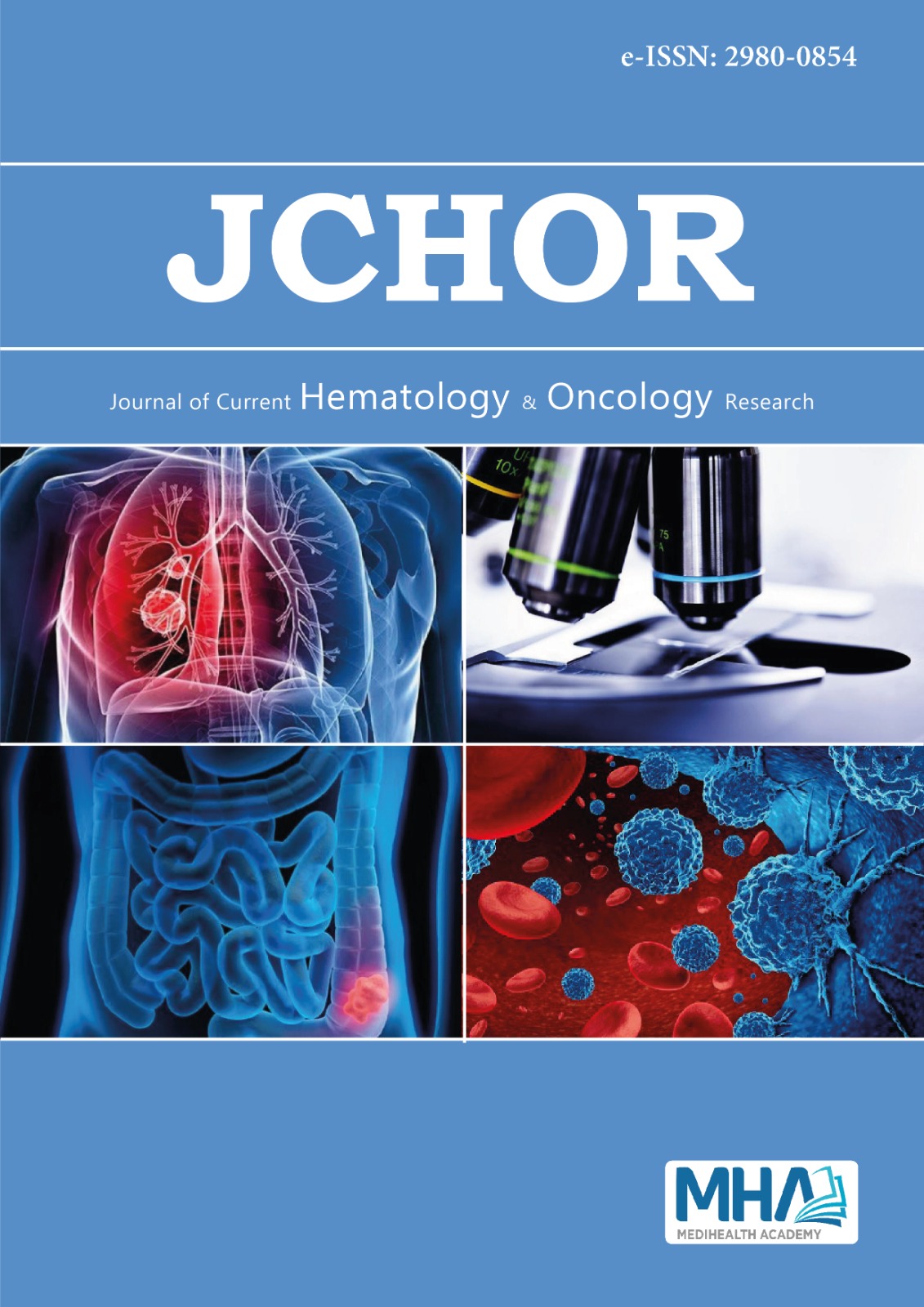1. Cesarman-Maus G, & Hajjar K.A. Molecular mechanisms offibrinolysis.Br J Haematol.2005;129(3):307-321.
2. Lijnen HR. Elements of the fibrinolytic system.Ann N Y Acad Sci.2001;936(1):226-236.
3. Erickson, LA, Hekman CM, Loskutoff, DJ. The primaryplasminogen-activator inhibitors in endothelial cells, platelets,serum, and plasma are immunologically related. Proc Natl AcadSci U S A. 1985;82(24):8710-8714.
4. Tashiro Y, Nishida C, Sato-Kusubata K, et al. Inhibition of PAI-1induces neutrophil-driven neoangiogenesis and promotes tissueregeneration via production of angiocrine factors in mice.Blood.2012;119(26):6382-6393.
5. Zorio E, Gilabert-Estelles J, Espana F, Ramon LA, Cosin R, EstellesA. Fibrinolysis: the key to new pathogenetic mechanisms.CurrMed Chem.2008;15(9):923-929.
6. Dellas C, Loskutoff DJ. Historical analysis of PAI-1 from itsdiscovery to its potential role in cell motility and disease.ThrombHaemost. 2005;93(4):631-640.
7. Sillen M, Miyata T, Vaughan DE, Strelkov SV, Declerck PJ.Structural insight into the two-step mechanism of PAI-1 inhibition by small molecule TM5484.Int J Mol Sci.2021;22(3):1482.
8. Dan T, Ichimura A, Pelisch N, Miyata K, Akahori K, MiyataT. Plasminogen activator inhibitor-1 (PAI-1) molecule: newphysiological roles and clinical applications.Japanese journal ofclinical hematology.2014;55(4):396-404.
9. Baluta MM, Vintila MM. PAI-1 inhibition-another therapeuticoption for cardiovascular protection.Maedica.2015;10(2):147-152.
10. Sillen, M., & Declerck, P. J. Targeting PAI-1 in cardiovasculardisease: structural insights into PAI-1 functionality andinhibition.Front Cardiovasc Med. 2020;22(7):622473.
11. Ibrahim AA, Yahata T, Onizuka M, et al. Inhibition ofplasminogen activator inhibitor type-1 activity enhancesrapid and sustainable hematopoietic regeneration.StemCells.2014;32(4): 946-958.
12. Skurk T, Hauner H. Obesity and impaired fibrinolysis: role ofadipose production of plasminogen activator inhibitor-1.Int JObes Relat Metab Disord. 2004;28(11), 1357-1364.
13. Harada K, Yahata T, Onizuka M, Kikkawa E, Miyata T,Ando K. Plasminogen activator inhibitor type-1 is a negativeregulator of hematopoietic regeneration in the adipocyte-rich bone marrow microenvironment.Biochem Biophys ResCommun.2021:(557):180-186.
14. Yahata T, Ibrahim AA, Muguruma Y, et al.TGF-β-inducedintracellular PAI-1 is responsible for retaining hematopoieticstem cells in the niche.Blood. 2017;130(21):2283-2294.
15. Sasaki K, Fujiwara T, Ochi T, Ono K, Kato H, Onodera K,Harigae H. TM5614, an inhibitor of plasminogen activatorinhibitor-1, exerts an antitumor effect on chronic myeloidleukemia.Tohoku J Exp Med.2022;257(3):211-224.
16. Geis T, Döring C, Popp R, et al. HIF-2alpha-dependent PAI-1 induction contributes to angiogenesis in hepatocellularcarcinoma.Exp Cell Res. 2015;331(1):46-57.
17. Hirahata M, Osaki M, Kanda Y, et al. PAI-1, a target gene ofmiR-143, regulates invasion and metastasis by upregulatingMMP-13 expression of human osteosarcoma.Cancer med.2016;(5):892-902.
18. Lampelj M, Arko D, Sikosek C, et al. Urokinase plasminogenactivator (uPA) and plasminogen activator inhibitor type-1(PAI-1) in breast cancer-correlation with traditional prognosticfactors.Radiol oncol.2015;49(4):357-364.
19. Strojan P, Budihna M, Smid L, Vrhovec I, Skrk J. Urokinase-type plasminogen activator (uPA) and plasminogen activatorinhibitor type 1 (PAI-1) in tissue and serum of head andneck squamous cell carcinoma patients.Eur J Cancer.1998;34(8):1193-1197.
20. Herszenyi L, Plebani M, Cardin R, et al. The role of urokinase-type plasminogen activator and its inhibitor PAI-1 in gastriccancer.Acta Physiol Hung.1995;83(3):213-221.
21. Mashiko S., Kitatani K, Toyoshima M, et al. Inhibition ofplasminogen activator inhibitor-1 is a potential therapeuticstrategy in ovarian cancer.Cancer Biol Ther. 2015;16(2):253-260.
22. Takayama Y, Hattori N, Hamada H, et al. Inhibition of PAI-1limits tumor angiogenesis regardless of angiogenic stimuli inmalignant pleural mesothelioma.Cancer Res. 2016;76(11): 3285-3294.
23. Lee YC, Yu CC, Lan C, et al. Plasminogen activator inhibitor-1as regulator of tumor-initiating cell properties in head and neckcancers.Head Neck.2016;38(1):E895-E904.
24. Mutoh M, Niho N, Komiya M, et al. Plasminogen activatorinhibitor-1 (Pai-1) blockers suppress intestinal polyp formationin Min mice.Carcinogenesis.2008;29(4):824-829.
25. Placencio VR, Ichimura A, Miyata T, DeClerck YA. Smallmolecule inhibitors of plasminogen activator inhibitor-1 elicitanti-tumorigenic and anti-angiogenic activity.PLoS One.2015;10(7):e0133786.
26. Fang H, Placencio VR, DeClerck YA. Pro-tumorigenic activityof plasminogen activtor inhibitor-1 through an anti-apoptoticfunction.Cancer Res. 2012;104(19):1474-1484
27. Fortenberry YM, Brandal SM, Carpentier G, Hemani M, PathakAP. Intracellular expression of PAI-1 specific aptamers altersbreast cancer cell migration, invasion and angiogenesis.PLoSOne. 2016;11(10), 0164288.
28. Masuda T, Hirata T, Sakamoto T. Treatment rationale andprotocol design: an investigator-initiated phase II study ofcombination treatment of nivolumab and TM5614, a PAI-1inhibitor for previously treated patients with non-small celllung cancer.J Thorac Dis.2024;16(5):3381-3388.
29. Tzekaki EE, Geromichalos G, Lavrentiadou SN, et al.Oleuropein is a natural inhibitor of PAI-1-mediatedproliferation in human ER-/PR-breast cancer cells.BreastCancer Res Treat.2021;(186):305-316.
30. Agirbasli, M. Pivotal role of plasminogen-activator inhibitor 1in vascular disease.Int J Clin Pract. 2005;59(1):102-106.
31. Brown, NJ, Agirbasli A, Williams GH, Litchfield WR, VaughanDE. Effect of activation and inhibition of the renin-angiotensinsystem on plasma PAI-1.Hypertension.1998;32(6): 965-971.
32. Agirbasli M, Eren M, Eren F, et al. Enhanced functional stabilityof plasminogen activator inhibitor-1 in patients with livedoidvasculopathy.J Thromb Thrombolysis. 2011;(32):59-63.
33. Zinman B, Wanner C, Lachin JM, et al. Empagliflozin,cardiovascular outcomes, and mortality in type 2 diabetes.NEngl J Med. 2015;373(22):2117-2128.
34. Sakurai S, Jojima T, Iijima T, Tomaru T, Usui I, Aso Y.Empagliflozin decreases the plasma concentration ofplasminogen activator inhibitor-1 (PAI-1) in patients withtype 2 diabetes: association with improvement of fibrinolysis.JDiabetes Complications.2020;34(11):107703.
35. McGill JB, Schneider DJ, Arfken CL, Lucore CL, Sobel BE.Factors responsible for impaired fibrinolysis in obese subjectsand NIDDM patients.Diabetes.1994;43(1):104-109.
36. Skurk, T, Lee YM, Nicuta-Rölfs TO, Haastert B, Wirth A, HaunerH. Effect of the angiotensin II receptor blocker candesartanon fibrinolysis in patients with mild hypertension.Diabetes,Obesity and Metab. 2004;6(1):56-62.
37. Fonseca VA, Reynolds T, Hemphill D, et al. Effect of troglitazoneon fibrinolysis and activated coagulation in patients withnon-insulin-dependent diabetes mellitus.J DiabetesComplications.1998;12(4):181-186.
38. Kruszynska YT, Yu JG, Olefsky JM, Sobel BE. Effects oftroglitazone on blood concentrations of plasminogen activatorinhibitor 1 in patients with type 2 diabetes and in lean andobese normal subjects.Diabetes.2000;49(4):633-639.
39. Charles MA, Morange P, Eschwège E, et al. Effect of weightchange and metformin on fibrinolysis and the von willebrandfactor in obese nondiabetic subjects: the BIGPRO1 study.biguanides and the prevention of the risk of obesity.Diabetes.1998;21(11):1967-1972.
40. Erdem Y, Usalan C, Haznedaroğlu ÍC, Altun B, Arici M, YasavulÜ, Çağlar S. Effects of angiotensin converting enzyme andangiotensin II receptor inhibition on impaired fibrinolysis insystemic hypertension.Am J Hypertens.1999;12(11):1071-1076.
41. Lindahl B, Nilsson TK, Jansson JH, Asplund K, HallmansG. Improved fibrinolysis by intense lifestyle intervention. Arandomized trial in subjects with impaired glucose tolerance.Jintern med.1999;246(1):105-112.

